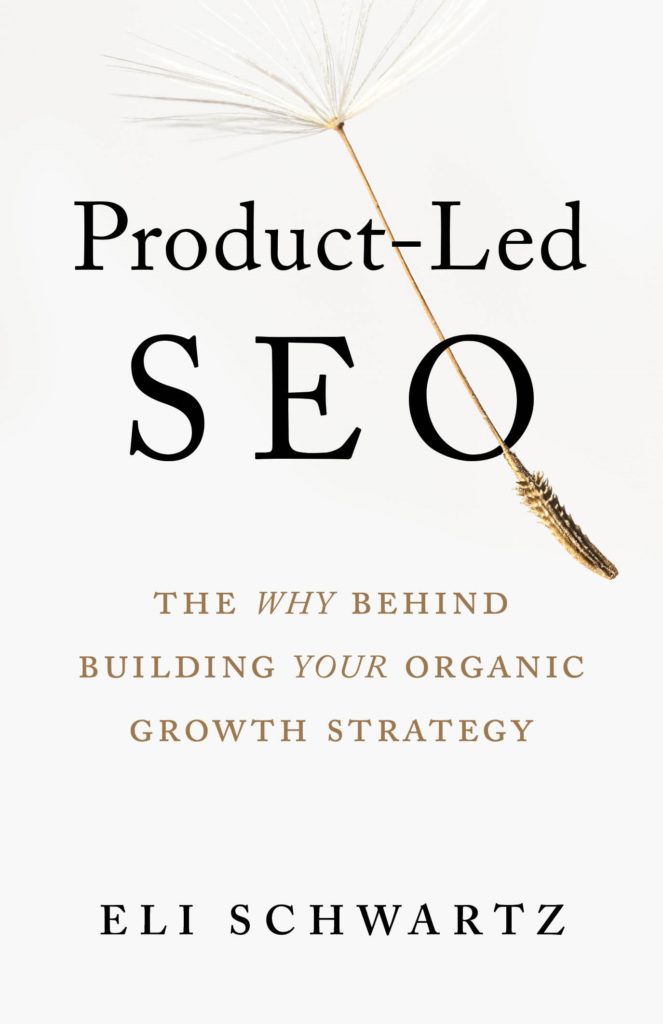Too often, SEO is typically thought of as a marketing initiative. But setting up an SEO effort this way massively undercuts the potential opportunities that could result from this channel. If the goal is to optimize online visibility to capture traffic and sales from search engines, it’s time to take a new look at how you proceed. Team
When SEO is a marketing effort, as it commonly is, SEO investments will occur later in a product cycle. SEO might even be thought of as a stop along the way before launch. As a result, the impact that the SEO team can make will be limited by a lack of flexibility to change course in a major way if it is needed.
If the technology choices for hosting content are not aligned with best practices, it may be too late to revisit this decision. In the same regard, if the decisions around what content to produce are already made, or worse if the content is already written but doesn’t meet an audience use case, the entire investment might be for naught. In this scenario, SEO teams are tasked with firing tickets to other teams about words that should be changed, URLs that could be updated, and general best practices. Much of the return on investment from these suggestions could be very light, at best.
Furthermore, as a marketing effort, the SEO team will also be limited by resources that could directly be deployed for SEO. A marketing team will have a direct influence on matters relating to design, content, and messaging, but very likely will have little influence on directives related to the product itself and engineering. A suggestion around product or engineering will usually have to travel first vertical up through a marketing silo hit is transmitted horizontally between executives.
The alternative to this is what I call Product-Led SEO, of which I am a huge proponent. Product-Led SEO takes a holistic approach to SEO strategy. I believe that SEO should be a part of the product team, rather than the marketing team. This allows SEO to be the central player in an effort that has the capability to be one of the strongest sources of revenue within a company. As a part of the product team, SEO best practices will be considered when any web product has expectations of a search engine audience. Considerations around product naming conventions, technology decisions, and taxonomy of content will all be taken into account when the direction can still be altered.
Structured in this manner, SEO discussions and implementation will be a team effort that takes into account the knowledge and input from a variety of cross-functional teams and will, therefore, lead to the best output. The product management team does not have to be the source of all the greatest SEO ideas and the SEO team does not have to possess great product management wisdom; rather, together they achieve what could not be done alone.
Organizational charts at some of the most successful SEO companies are confidential and even trade secrets at times, but you can be certain that considerations around SEO at Amazon were not made late in the process. Their very success in e-commerce relies on their sheer dominance when it came to SEO. Had they just focused on SEO when the entire product was scoped and shipped, it would be very unlikely that they would have the visibility that they have today.
On the flip side, you can look at news websites like the NY Times versus review sites like Cnet.com. The NY Times has a more illustrious (historically at least) brand than Cnet, but as a news organization, they do not have SEO built into their decision-making. Cnet.com does not have the same restrictions and is, therefore, able to be more dominant on reviews for similar products.
Deciding where and how to structure requires understanding the scale of the returns that can come from SEO. If leadership recognizes that a product developed with SEO in mind, structured specifically for their audience, has the capability and potential to build some of the greatest brands in the world, they will certainly want to include SEO as an integral part of the development process. Alternatively, if SEO is just thought of as something that needs to be done, it will be left to a junior employee or even an external agency to get to when everyone else is done. Recognition of the potential is really the key, as this will open the doors to organizational structure that allows the potential from this channel to be truly infinite.
The Source: Eli Schwartz is an SEO expert and consultant with more than a decade of experience working for leading B2B and B2C companies. His ability to demystify and navigate the SEO process has generated billions of dollars in revenue for some of the internet’s top websites, including such clients as Shutterstock, WordPress, Blue Nile, Quora, and Zendesk. As head of SurveyMonkey’s SEO team, Schwartz oversaw the company’s global operations, helped launch the first Asia-Pacific office, and grew the company’s organic search from just 1 percent of revenue to a key driver of global revenue. His work has been featured by TechCrunch, Entrepreneur.com, and Y Combinator, and he has given talks at business schools and keynote conferences around the world. His new book is Product-Led SEO: The Why Behind Building Your Organic Growth Strategy.
Learn more at Growth Consultant and Advisor – Eli Schwartz
